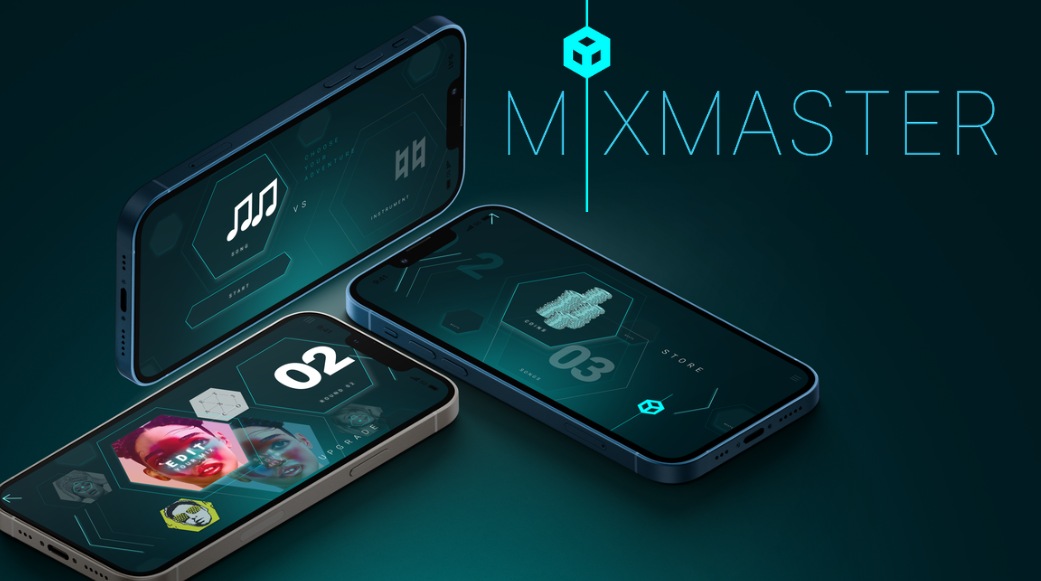
October 23, 2025
Discover how Mix Master strengthens your brain just like an instrument - training focus, creativity, and emotional intelligence through the science of sound.
Read more.png)
September 8, 2025
Tools like Suno are now powerful enough to generate melodies, lyrics, and even full songs in seconds. That’s exciting—and controversial. Just ask Timbaland. Recently, he came under fire..
Read more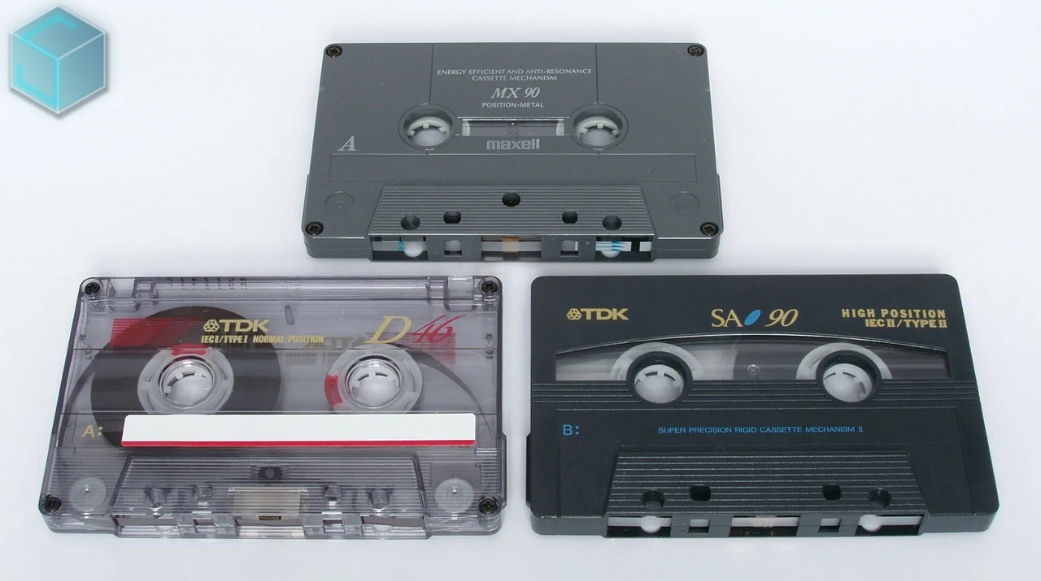
August 23, 2025
The 1980s and 1990s analog music medium known as cassette cassettes is experiencing an unanticipated comeback, with Gen Z spearheading the trend. Taylor Swift, who included cassettes in the release...
Read more
August 23, 2025
This week's most notable headline: Doja Cat's erotically charged, '80s-inspired music video, "Jealous Type," is dominating social media feeds and cultural discourse, marking her most daring...
Read more
August 23, 2025
J-hope and GloRilla's "Killin' It Girl," a spectacular blend of K-pop flare and shameless hip-hop heat that has taken the world by storm, is this week's winner of the Best Collaboration of Summer...
Read more
August 23, 2025
Carly Rae Jepsen is giving fans the ultimate gift for the 10th anniversary of her critically adored album Emotion: a special edition featuring four never-before-heard tracks and two fresh remixes...
Read more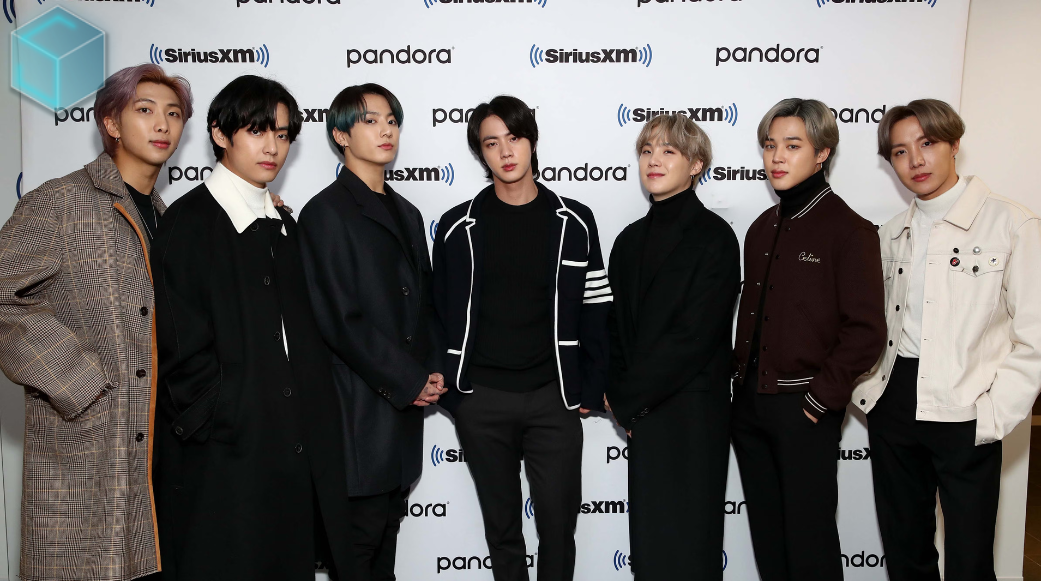
August 23, 2025
The wait is over, ARMY! BTS is officially back together and balancing work and play in their first moments of reunion after completing mandatory military service. J-Hope sent fans into a frenzy...
Read more
August 23, 2025
Christian music stepped outside of its quiet comfort zone in 2025. "Hard Fought Hallelujah," a worship song by Brandon Lake, went platinum, sold out festival stages, and exploded from churches to...
Read more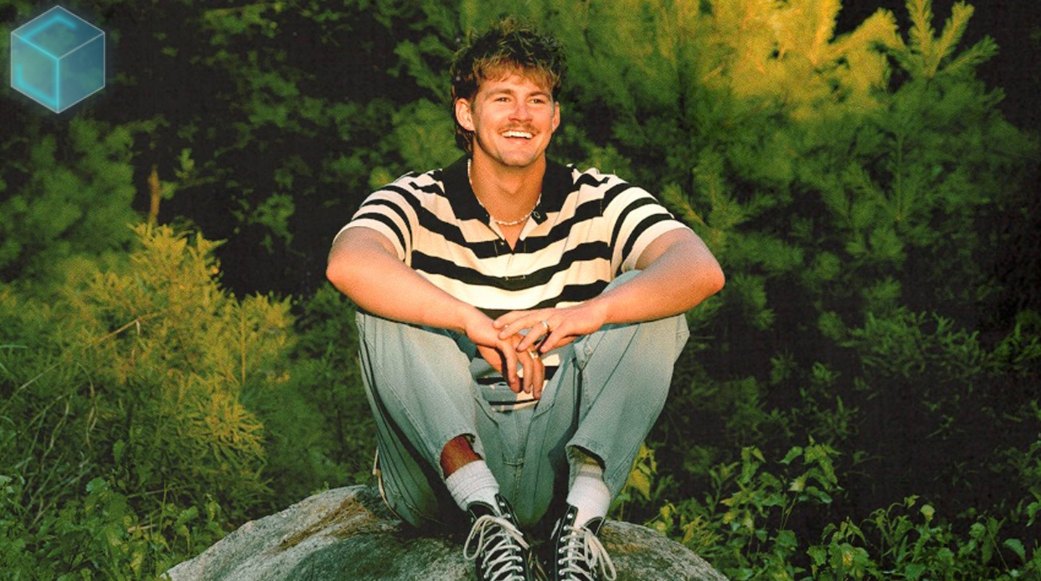
August 23, 2025
In late July 2025, Christian artist Forrest Frank (of Surfaces, now a solo juggernaut in faith-pop) posted from a hospital bed: he’d fractured his L3 and L4 vertebrae in a skateboarding accident...
Read more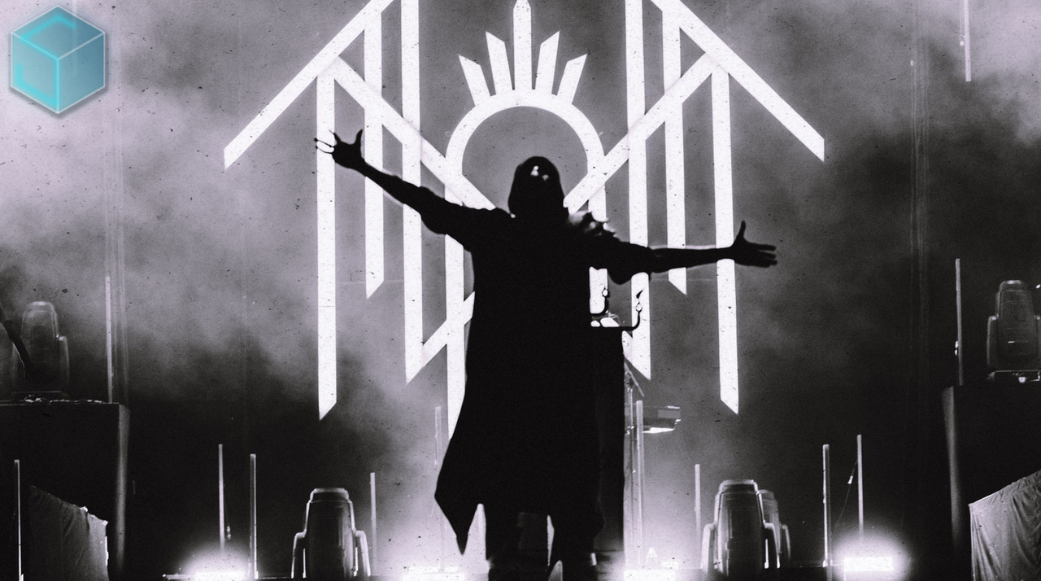
August 21, 2025
On September 16, the masked metal phenomenon Sleep Token will embark on their 2025 "Even In Arcadia Tour" across North America. The 18-show tour, which includes a huge date at Brooklyn's Barclays...
Read more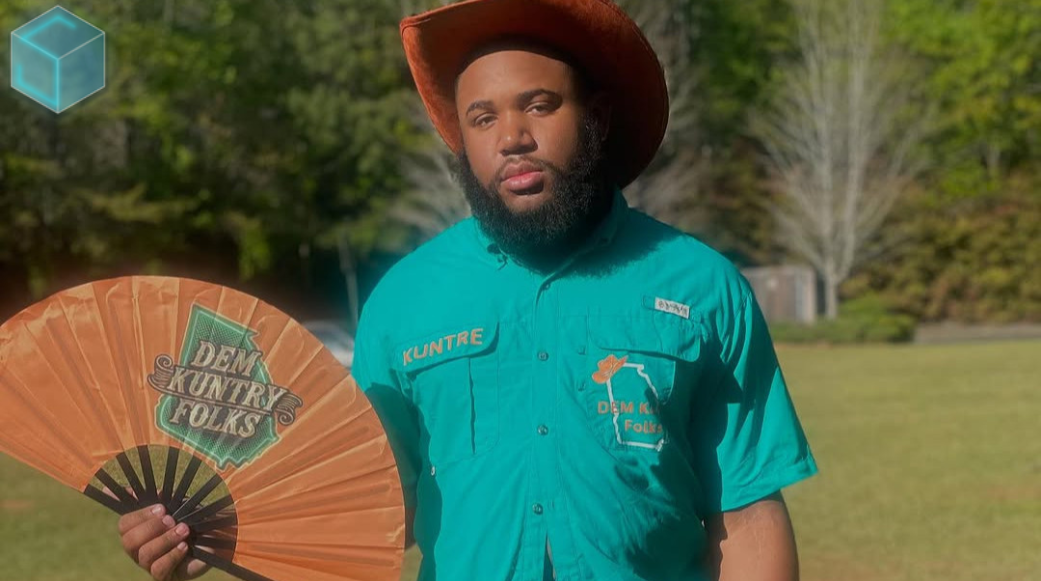
August 21, 2025
Due to a line dance that went viral and won over fans' hearts both inside and outside of the United States, 22-year-old Tre Little's song "Boots on the Ground" has become a cultural sensation this...
Read more
August 21, 2025
In addition to preparing for her next album, The Life of a Showgirl, Taylor Swift is reviving the physical medium this week by putting her songs on cassette tapes. This sentimental action...
Read more
Photo: A scene from the music video for “The Hardest Part” by Washed Out.
In a groundbreaking collaboration between technology and art, indie artist Washed Out has unveiled a fully AI-generated music video for his latest single, "The Hardest Part." Created using OpenAI's innovative text-to-video model, Sora, this four-minute visual experience marks a significant milestone in the integration of artificial intelligence into the music industry.
Washed Out, whose real name is Ernest Greene, has long been a prominent figure in the chillwave genre. His new single, "The Hardest Part," is accompanied by a visually stunning video that follows a couple's romance from high school through adulthood, capturing key life moments such as their wedding, child-rearing, and eventual passing. The video's unique, dreamlike quality is the result of Sora's advanced capabilities, which allow for the creation of hyper-realistic and surreal scenes that blend seamlessly together.
Director Paul Trillio, who has harbored the concept of an "infinite zoom" video for a decade, saw in Sora the perfect tool to bring his vision to life. "I was specifically interested in what makes Sora so unique," Trillio stated. "It offers something that couldn’t quite be shot with a camera, nor could it be animated in 3D. It was something that could have only existed with this specific technology." Trillio emphasized that the AI's ability to produce fluid and hallucinatory visuals enabled the exploration of new artistic ideas that would have been impossible to realize otherwise.
Sora, although not yet available to the public, can generate up to one-minute video clips based on text prompts. By stitching these clips together, creators can produce full-length projects. This technology, unveiled by OpenAI in February, has generated both excitement and concern within the creative community due to its hyper-realistic video generation capabilities.
"The Hardest Part" is the longest music video created with Sora to date, and its uncanny visuals are intentionally designed to evoke a dreamlike and hyperreal experience. Greene highlighted how the AI was able to convey the fictitious couple's story with an emotional depth that traditional filmmaking might struggle to achieve. "What [Trillio’s] come up with is nostalgic, sad, uplifting, and often quite strange," Greene noted. "In my opinion, the hallucinatory quality of Sora clips feel like the beginning of a new genre unto itself — one that is surreal and unpredictable and entirely unique to traditional cinema or even animation."
Despite some criticism from artists who argue that AI-generated content might lack the emotional authenticity of human-made art, the use of AI in creative fields is undeniably on the rise. The rapid development of generative AI tools raises questions about the future of labor in the creative industries. These tools empower anyone with a text prompt to generate music, scripts, and visual media, potentially democratizing the creative process but also sparking concerns about the displacement of human artists.
During recent labor strikes, entertainment industry workers voiced their apprehensions about the unchecked use of generative AI. Many musicians continue to advocate for protections against the unauthorized use of their work in AI models. However, proponents of AI argue that these tools can level the playing field for lower-budget artists, enabling them to undertake more ambitious projects.
Trillio remains optimistic about the future, envisioning a landscape where AI technology complements rather than replaces traditional artistic methods. "This offers a glimpse at a future where music artists will be given the opportunity to dream bigger," he wrote. "An overreliance on this technique may become a crutch, and it’s important that we don’t use this as the new standard of creation but as another technique in the toolbelt."
As AI continues to evolve, its integration into the music industry opens up a plethora of possibilities for artists and creators. The ability to generate visually stunning and emotionally resonant content with AI could redefine the boundaries of artistic expression. However, it is crucial to strike a balance between embracing technological advancements and preserving the unique qualities that human creativity brings to the table.
In the future, we might see more collaborations between AI and artists, leading to the emergence of new genres and art forms that blend human ingenuity with machine precision. The key will be to use AI as a tool to enhance and expand creative horizons, rather than as a replacement for the irreplaceable human touch in art. As the technology becomes more accessible, it will be fascinating to observe how artists of all backgrounds leverage AI to tell their stories and connect with audiences in innovative ways.